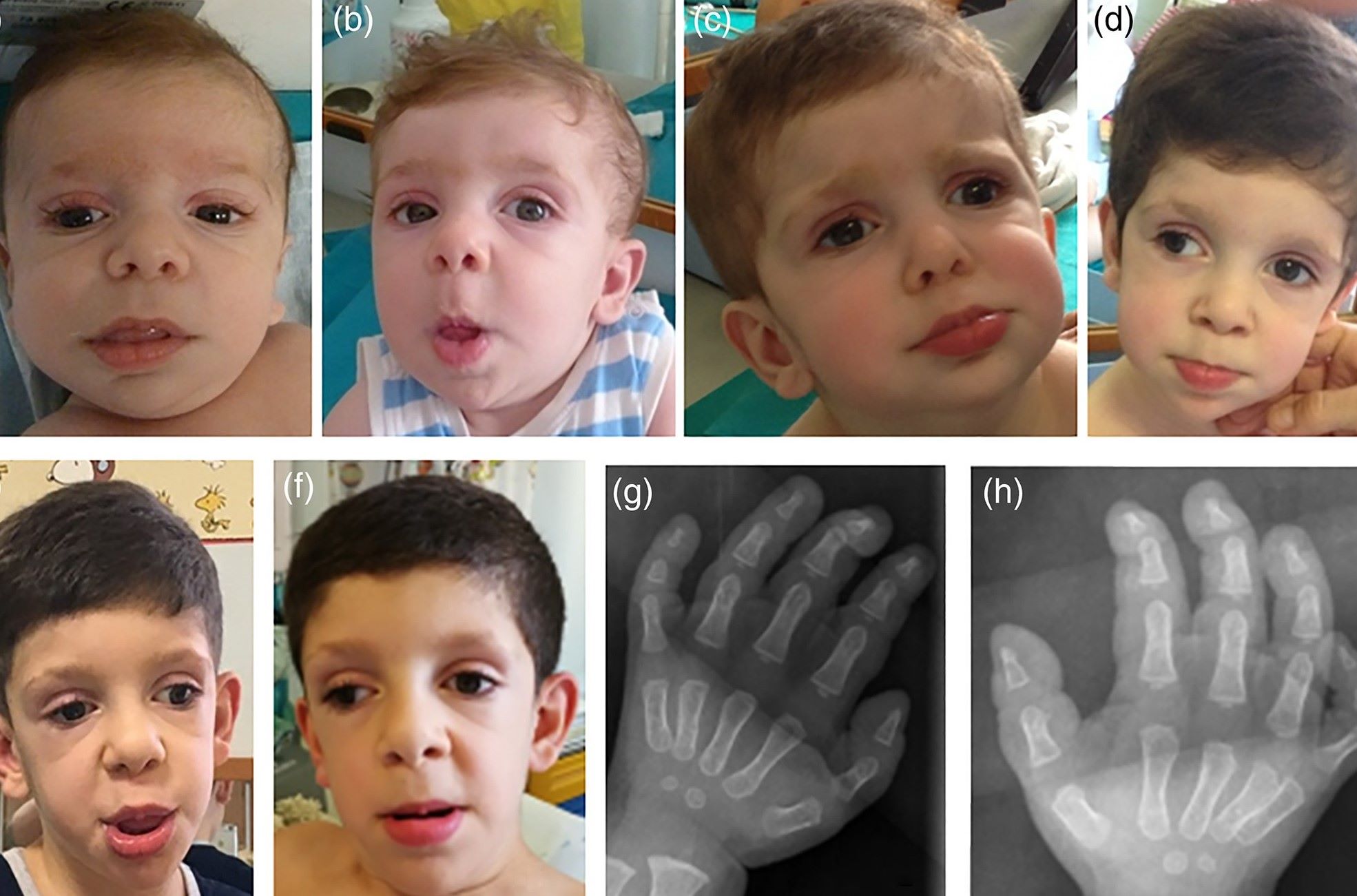
Microphthalmia Diaphragmatic Hernia Fallot might sound like a mouthful, but understanding it can be simpler than you think. This condition combines three distinct medical issues: microphthalmia (small eyes), diaphragmatic hernia (a hole in the diaphragm), and Tetralogy of Fallot (a heart defect). Microphthalmia affects eye development, leading to smaller-than-normal eyes. Diaphragmatic hernia involves an opening in the diaphragm, allowing abdominal organs to move into the chest cavity, causing breathing problems. Tetralogy of Fallot is a complex heart defect that alters normal blood flow. Each of these conditions presents unique challenges, but together, they create a rare and complex medical scenario. Understanding these components can help in grasping the full picture of this condition.
Key Takeaways:
- Microphthalmia, Diaphragmatic Hernia, and Fallot's Tetralogy are rare conditions that can affect the eyes, lungs, and heart. Early detection and intervention are crucial for managing these complex health issues.
- Genetic and environmental factors play a role in the development of these conditions. Families affected by these rare anomalies can benefit from support groups and ongoing research for better treatments.
What is Microphthalmia?
Microphthalmia is a rare eye condition where one or both eyes are abnormally small. This can affect vision and overall eye health. Here are some intriguing facts about this condition:
- Microphthalmia can be present at birth, often detected during a newborn's first eye exam.
- Genetic mutations are a common cause, affecting the development of the eye during pregnancy.
- It can occur alone or as part of a syndrome, such as CHARGE syndrome.
- The condition varies in severity, from slightly smaller eyes to almost non-existent eye tissue.
- Microphthalmia affects about 1 in 10,000 births worldwide.
- Early intervention with visual aids can help maximize remaining vision.
- Some cases are linked to environmental factors, like maternal infections during pregnancy.
- Regular eye exams are crucial for managing associated complications, such as glaucoma.
Understanding Diaphragmatic Hernia
Diaphragmatic hernia is a birth defect where there's an abnormal opening in the diaphragm, allowing abdominal organs to move into the chest cavity. This can severely impact lung development and function.
- Diaphragmatic hernia occurs in about 1 in 2,500 live births.
- It can be diagnosed before birth using ultrasound imaging.
- The condition often requires surgical intervention shortly after birth.
- Babies with diaphragmatic hernia may need respiratory support due to underdeveloped lungs.
- The exact cause is unknown, but genetic and environmental factors may play a role.
- Survival rates have improved with advances in neonatal care and surgical techniques.
- Long-term follow-up is essential for managing potential complications, such as respiratory issues and gastrointestinal problems.
- Early diagnosis and intervention can significantly improve outcomes for affected infants.
Exploring Fallot's Tetralogy
Fallot's Tetralogy is a congenital heart defect that involves four heart abnormalities. These defects affect blood flow through the heart and to the rest of the body.
- Fallot's Tetralogy includes a ventricular septal defect, pulmonary stenosis, right ventricular hypertrophy, and an overriding aorta.
- It is one of the most common congenital heart defects, occurring in about 1 in 2,500 live births.
- Symptoms often include cyanosis, or a bluish tint to the skin, due to reduced oxygen in the blood.
- Surgical repair is typically required within the first year of life to correct the defects.
- Advances in cardiac surgery have significantly improved survival rates and quality of life for affected individuals.
- Regular follow-up with a cardiologist is necessary to monitor heart function and manage any long-term complications.
- Genetic factors can contribute to the development of Fallot's Tetralogy, with some cases linked to chromosomal abnormalities.
- Early diagnosis through prenatal imaging or newborn screening can help plan timely interventions.
Connections Between These Conditions
While Microphthalmia, Diaphragmatic Hernia, and Fallot's Tetralogy are distinct conditions, they can sometimes occur together as part of a syndrome or due to shared genetic factors.
- Some genetic syndromes, like CHARGE syndrome, can include features of all three conditions.
- Early genetic testing and counseling can help identify potential risks and guide family planning.
- Multidisciplinary care teams, including geneticists, cardiologists, and ophthalmologists, are essential for managing complex cases.
- Advances in genetic research are helping to uncover the underlying causes and improve diagnostic accuracy.
- Support groups and resources are available for families affected by these rare conditions, providing valuable information and emotional support.
- Ongoing research and clinical trials aim to develop better treatments and improve outcomes for individuals with these congenital anomalies.
Final Thoughts on Microphthalmia Diaphragmatic Hernia Fallot
Microphthalmia, diaphragmatic hernia, and Fallot's tetralogy are complex conditions. Each presents unique challenges but also offers opportunities for medical advancements. Understanding these conditions helps in early detection and better treatment options.
Microphthalmia affects eye development, leading to vision issues. Diaphragmatic hernia involves a defect in the diaphragm, causing respiratory problems. Fallot's tetralogy is a congenital heart defect requiring surgical intervention.
Awareness and research are crucial for improving patient outcomes. Medical professionals and researchers work tirelessly to find better treatments and support systems. Families dealing with these conditions should seek specialized care and support networks.
Staying informed and proactive can make a significant difference. Knowledge empowers us to face these challenges head-on, offering hope and better quality of life for those affected.
Frequently Asked Questions
Was this page helpful?
Our commitment to delivering trustworthy and engaging content is at the heart of what we do. Each fact on our site is contributed by real users like you, bringing a wealth of diverse insights and information. To ensure the highest standards of accuracy and reliability, our dedicated editors meticulously review each submission. This process guarantees that the facts we share are not only fascinating but also credible. Trust in our commitment to quality and authenticity as you explore and learn with us.
